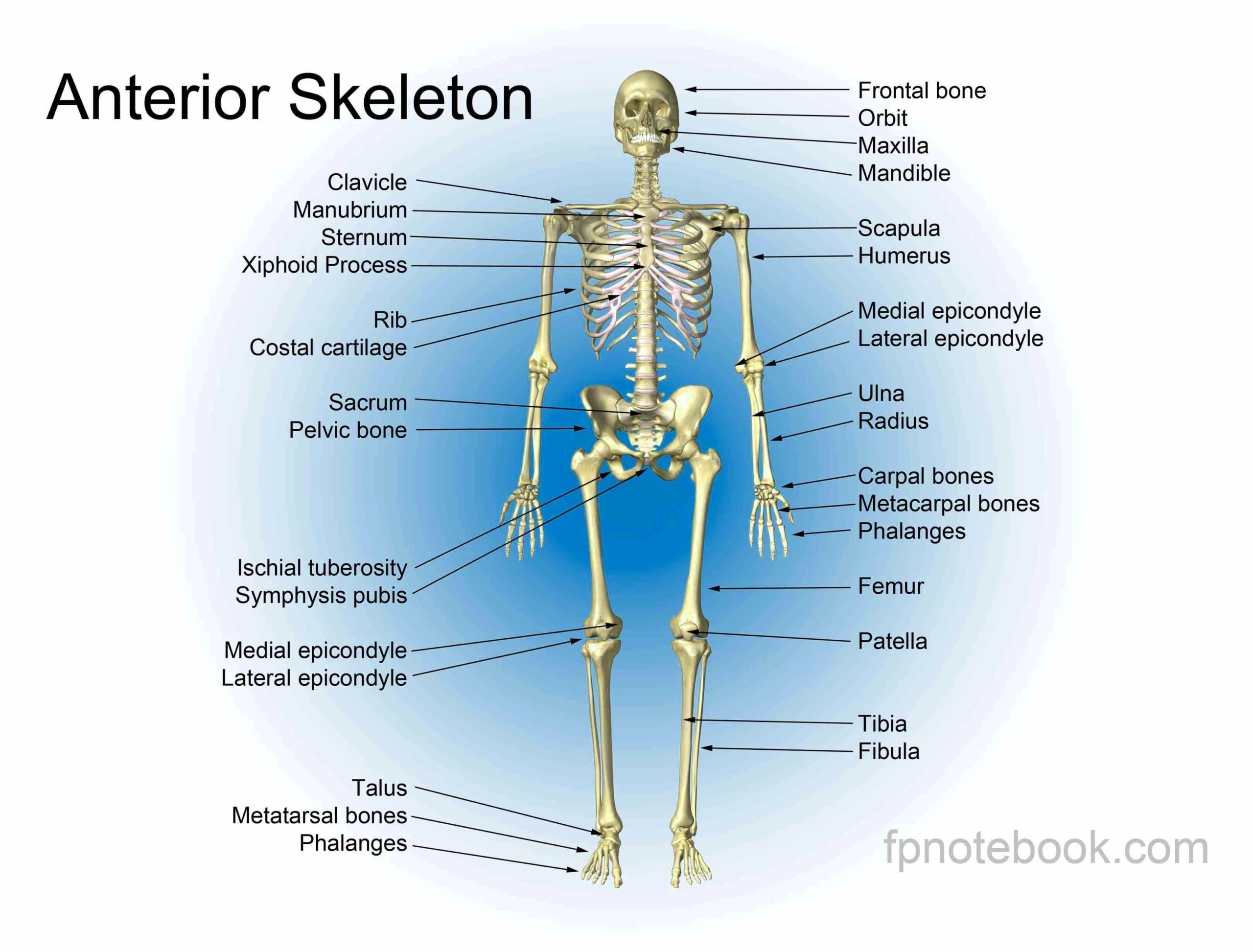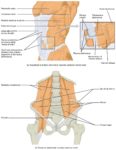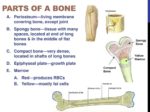The Human Skeleton: A Comprehensive Overview
The human skeleton is a marvel of biological engineering, providing support, protection, and facilitating movement. It consists of 206 bones in adults, each a complex organ made up of cells, protein fibers, and minerals.
tructure and Function
Bones are organs composed of dense connective tissues, primarily the tough protein collagen. They contain blood vessels, nerves, and other tissues. Bones are hard and rigid due to deposits of calcium and other mineral salts within their living tissues. The skeletal system includes a network of tendons, ligaments, and cartilage that connect the bones together.
The skeleton acts as a scaffold, providing support and protection for the soft tissues that make up the rest of the body. It also provides attachment points for muscles to allow movements at the joints. New blood cells are produced by the red bone marrow inside our bones. Bones act as the bodys warehouse for calcium, iron, and energy in the form of fat.
Axial and Appendicular Skeleton
The human skeleton consists of two principal subdivisions:
1. Axial Skeleton: Comprising the vertebral column (the spine) and much of the skull. It also includes the hyoid bone and some elements of the upper jaw.
2. Appendicular Skeleton: Includes the pelvic (hip) and pectoral (shoulder) girdles and the bones and cartilages of the limbs.
kull
The skull is composed of 22 bones that are fused together except for the mandible. These 21 fused bones are separate in children to allow the skull and brain to grow, but fuse to give added strength and protection as an adult. The mandible remains as a movable jaw bone and forms the only movable joint in the skull with the temporal bone.
Vertebrae
Twenty-six vertebrae form the vertebral column of the human body. They are named by region: Cervical (neck) – 7 vertebrae, Thoracic (chest) – 12 vertebrae, Lumbar (lower back) – 5 vertebrae, Sacrum – 1 vertebra, Coccyx (tailbone) – 1 vertebra.
Conclusion
The human skeletal system is a complex structure that plays a crucial role in our daily lives. It provides the framework that allows us to



